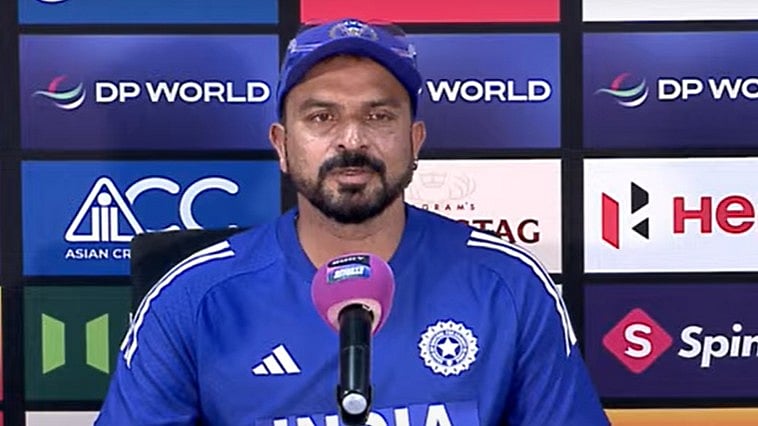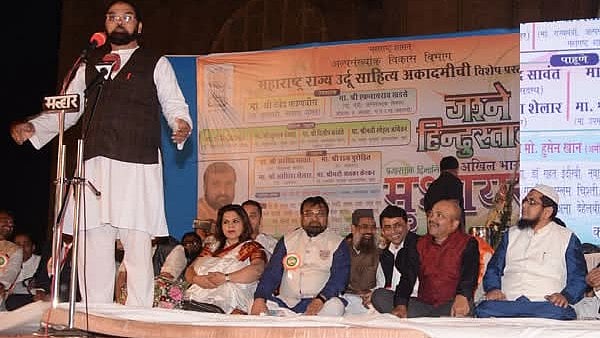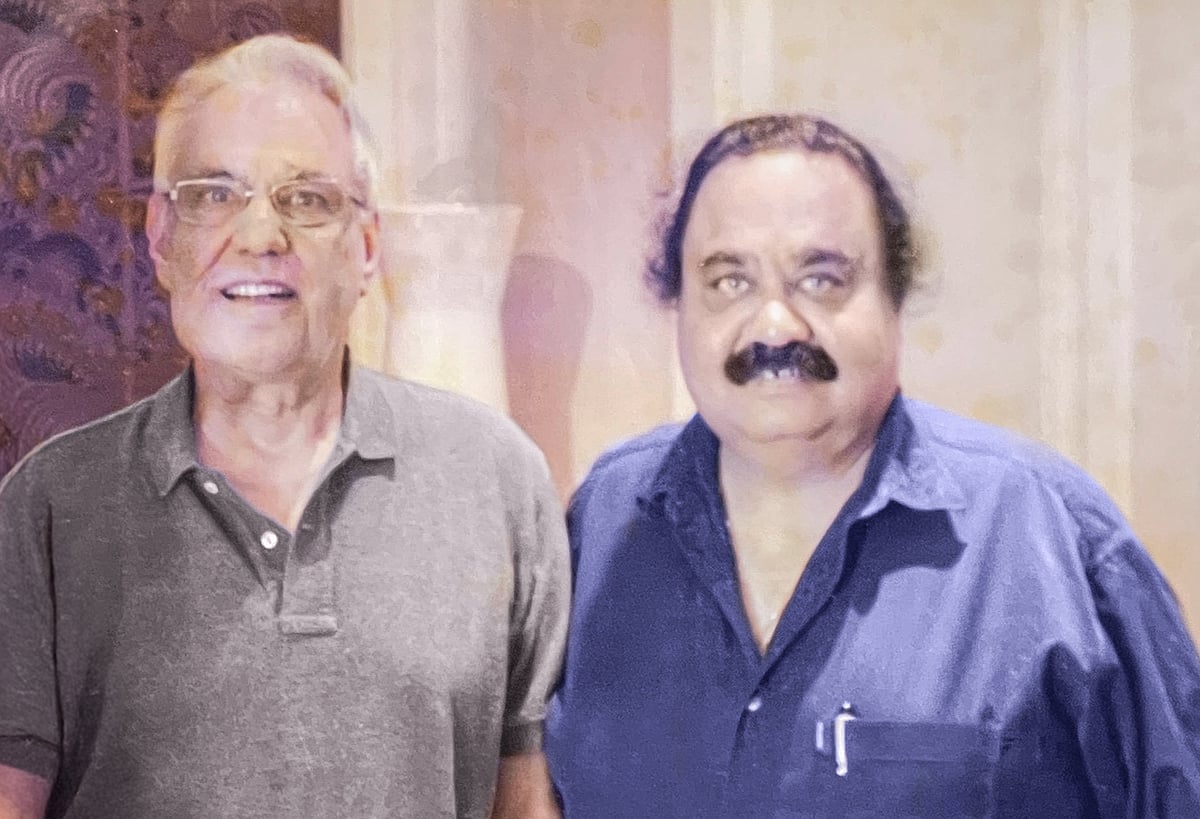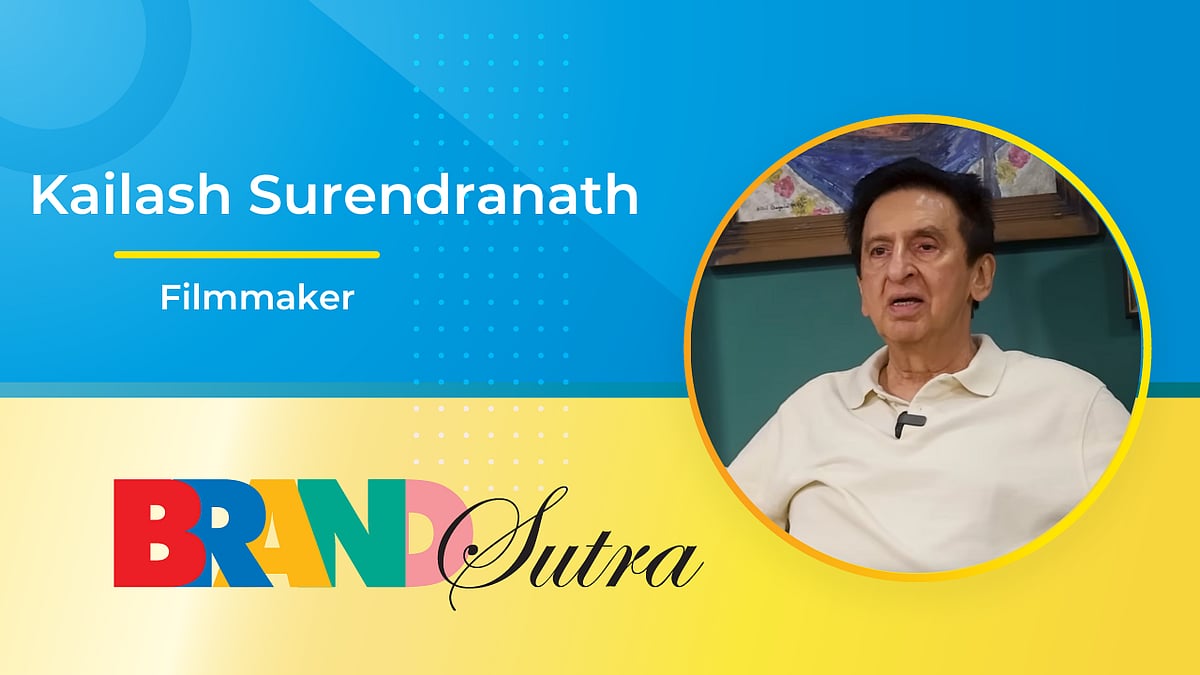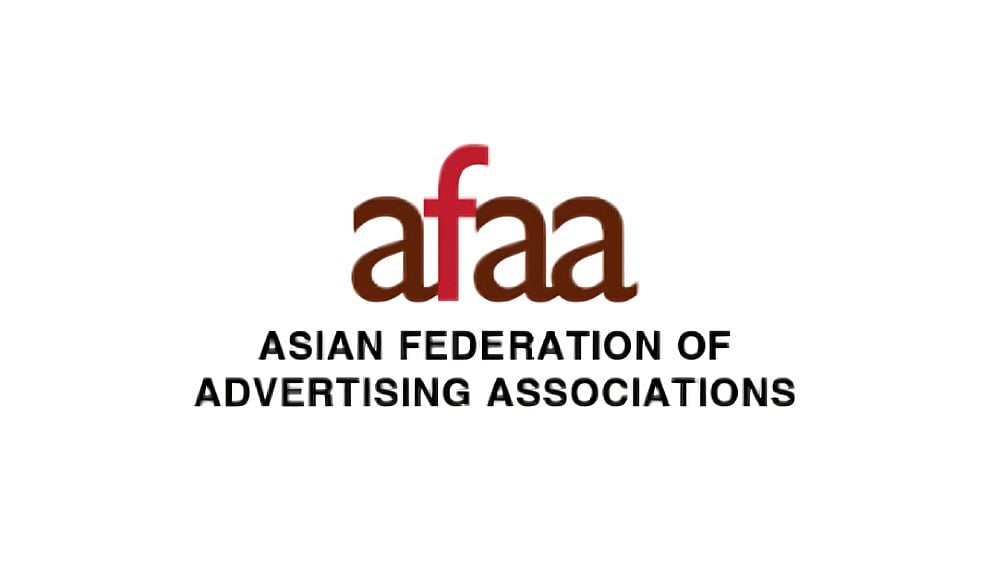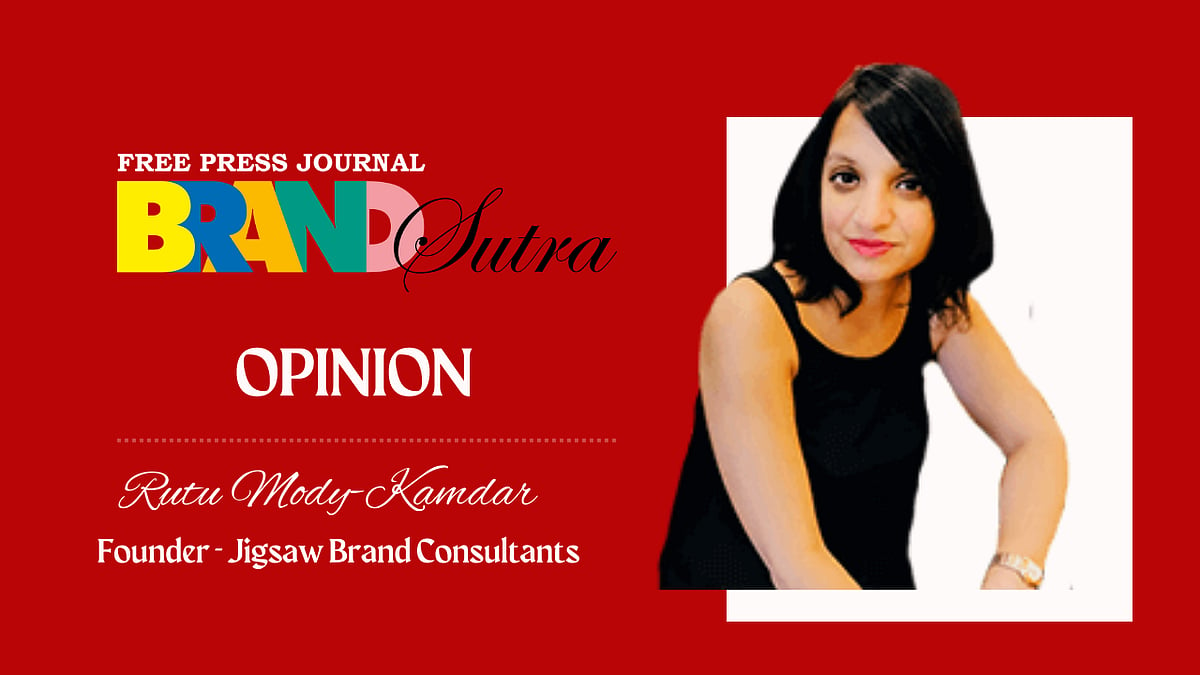Preeti Vyas has never done things the conventional way. From defying expectations in a conservative household, to becoming India’s first commercial editorial designer, and setting up Vyas Giannetti Creative (VGC), her journey has been one of “do the best you can, and then surrender to the universe.”
VGC is a brand and design consultancy that has left its mark on names like the Aditya Birla Group, The Times Group, Taj Hotels and more. In an episode of Sell Side Conversations with Gautam Shelar, she shares lessons from along her journey—using the imposter syndrome to her advantage and achieving creative longevity.
Edited excerpts from the conversation…
Tell us about your childhood, early experiences and how it has all led to where you are today…
I was brought up in a large joint family which was a business family on one side and a very academically-oriented one on the other side. I really wanted to go somewhere I could be creative but the local colleges, like the Asian School of Art, would not accept me because they didn't think my work was good enough.
Someone then told me about the National Institute of Design (NID) and I miraculously got in. NID was fantastic because it plucked me out of my middle class milieu and chucked me into a very international understanding of design.
We were told that we were a very important tribe that could change the world. From designing safety pins to highways, the job of a designer is about enhancing lifestyles.
Then, when I had to look for an internship, serendipity struck and I was chosen to intern with Mohammed Khan at Contract Advertising. While NID taught me a much larger culture and made me aware of a global phenomenon of design, Mohammed Khan really taught me my craft.
Tell us about setting up Vyas Giannetti Creative (VCG) and how the company has evolved.
I started doing a lot of brand and graphic work and lots of editorial work—from designing coffee table books to magazines and newspapers. I did work for the Taj Mahal magazine, Filmfare, Cine Blitz, Femina, newspapers like The Observer and Maharashtra Times and lots of coffee table books.
I was the very first commercial editorial designer in the country. And when the media opened up to include television and films, I did that too.
I constantly taught myself through research, benchmarking myself to what is happening around the world and collaborating with people who would teach me new skill sets. I never said no to work. Because I like learning and I think: if someone else can do it, then so can I. The imposter syndrome can be a great propellant. It makes you work harder than the rest.
That’s how the business grew but in 2008, during the financial crisis, VGC sort of self-combusted. At the time, we had also largely become a pure play ad agency, which was anyway making me uncomfortable.
It was the worst of times. We ran out of money, we ran out of people and I took it as an opportunity to restrategise and we became a brand design agency with communication skill sets.
When the economy started to open up, my reputation and people’s respect for the work we did helped us come back and we grew again, brick by brick.
We focus on design intelligence. We do our research, social listening and corporate listening. We try to understand the business and then, we crack an idea or an insight. And these insights are good enough not just for the brand identity but for the brand communication and the brand positioning.
What are the top three skills you believe people should have to make it in design, advertising and the industry?
Number one is humility. Never say, “This is not my job”. When I started out, I was thrown into everything including making tea for Mohammed, answering calls as a receptionist, running the studio and chasing vendors.
The second skill is the ability to be proactive and challenge whatever you're seeing. Don't take things verbatim—you must do your own thinking. Don’t just get intimidated by other people’s beliefs and opinions—express how you feel.
Finally, be open to everything from around the world. Don't become a little incestious little club of your friends from other creative agencies. You must know what's happening in the world in terms of creativity, politics and cultural trends. And that intelligence will start to show in your work.
(Listen to the full podcast on YouTube @TheSellSide)

